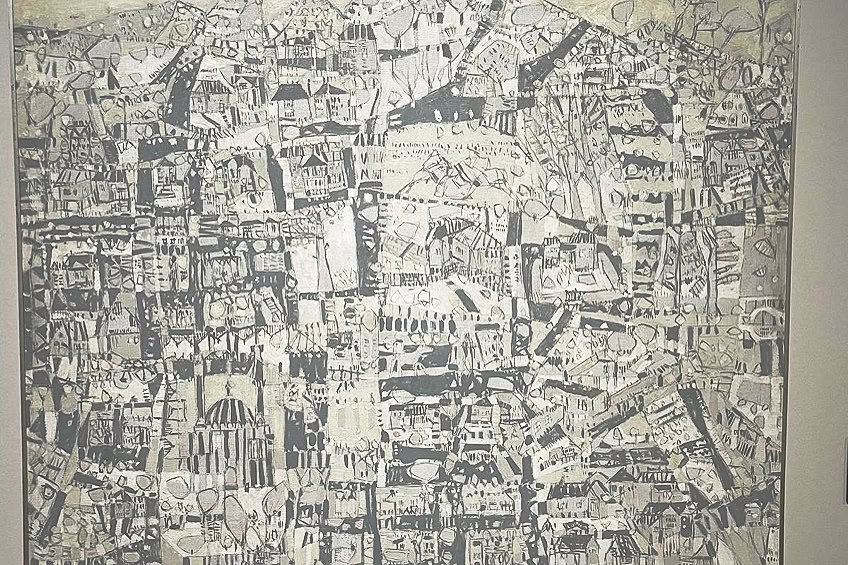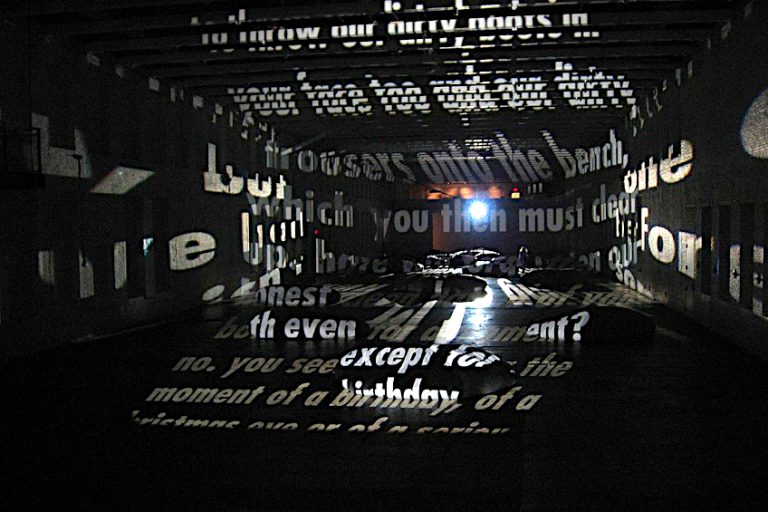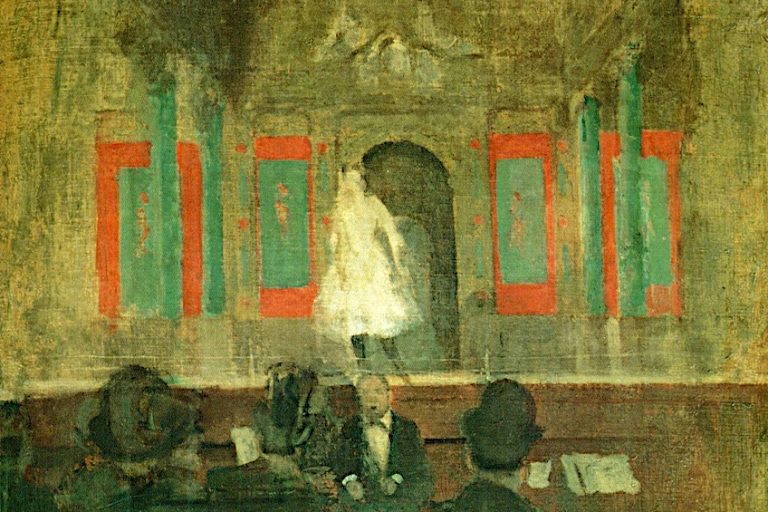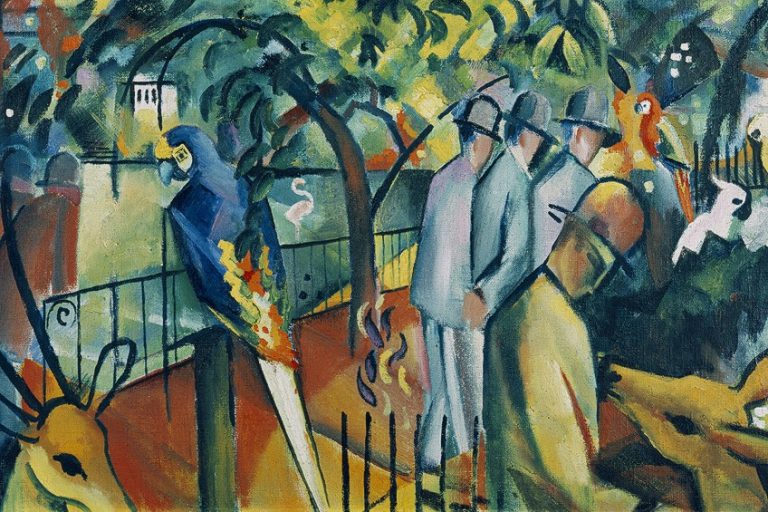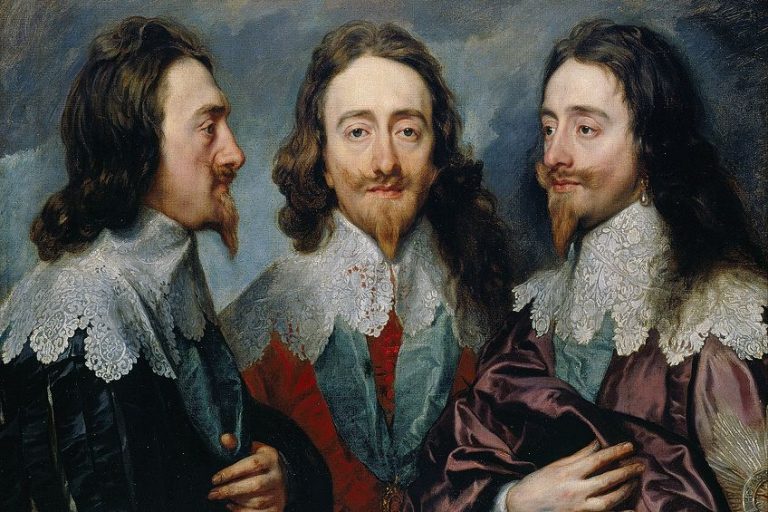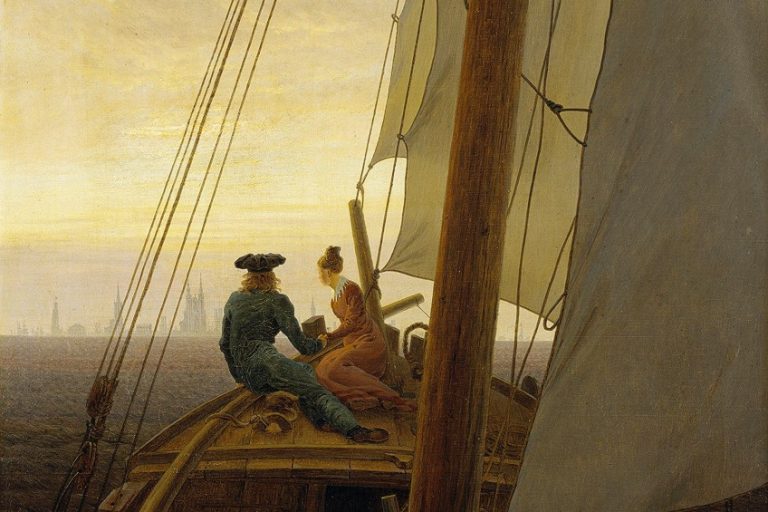Devrim Erbil – Master of Abstract Landscapes
Devrim Erbil, a prominent Turkish artist born in 1937, is renowned for his vibrant and intricate paintings that capture the essence of Istanbul and the Anatolian landscapes. Known for his unique style that blends traditional Turkish art motifs with contemporary techniques, Erbil’s work often features complex compositions of geometric patterns, calligraphic elements, and abstract forms. His artistic journey spans over six decades, during which he has held numerous exhibitions worldwide and received various accolades. Erbil’s contributions to the art world extend beyond his creations, as he has also served as an influential educator and advocate for the arts in Turkey. His work continues to inspire and evoke a deep appreciation for Turkey’s cultural and natural heritage.
Key Takeaways
- Devrim Erbil is a prominent figure in Turkish contemporary art.
- He is known for his abstract paintings and has explored various artistic mediums.
- His influence is evident in both his artworks and his contributions to art education.
Early Life and Education
| Birth | September 16, 1937 |
|---|---|
| Death | Present |
| Place of Birth | Uşak, Turkey |
| Genre of Work | Abstract art and contemporary art |
Devrim Erbil is a pivotal figure in the realm of Turkish contemporary art, known for his contributions as a painter, professor, and state artist. Born in 1937 in Uşak, Turkey, Erbil has left an indelible mark on the art world through his innovative use of abstraction. His multifaceted career spans over six decades, during which he has explored various mediums such as mosaic, printmaking, and tapestry. Erbil’s influence extends beyond his artwork. He has played a significant role in art education, notably teaching at Mimar Sinan University, and has been recognized with numerous awards.
He founded the Abstractionist 7 group, which has been instrumental in shaping modern Turkish art. His works have been exhibited globally, and he has actively served as a commissioner for major art shows in cities like Alexandria and Belgrade. Devrim Erbil’s legacy and contributions to Turkish contemporary art are celebrated in museums and galleries worldwide. Notably, he established the Balıkesir Devrim Erbil Museum of Contemporary Arts, reflecting his commitment to nurturing future generations of artists. His work continues to inspire and provoke thought, making him a significant and enduring figure in the art community.
Formative Years
Devrim Erbil was born on September 16, 1937, in the Salihli district of Manisa province, located in the Aegean region of Turkey. His parents, Nadide and Reşat Erbil, moved the family to Balıkesir in 1940. Growing up, Erbil was surrounded by the rich cultural and natural landscapes of the region, which later influenced his artistic perspective. In 1955, he left Balıkesir and moved to Istanbul to pursue his passion for art. His early experiences in different regions of Turkey provided him with a diverse cultural background that he would later express through his unique painting style.
These formative years were crucial in shaping his understanding of Turkish art and its various influences.
Istanbul State Academy of Fine Arts
In 1955, Devrim Erbil entered the Istanbul State Academy of Fine Arts, where he had the opportunity to study under renowned Turkish artists such as Bedri Rahmi Eyüboğlu, Cemal Tollu, and Cevat Dereli. These mentors played a significant role in shaping his artistic development. Erbil graduated from the studio of Bedri Rahmi Eyüboğlu, a pivotal influence in his life.

While at the academy, Erbil also participated in the Young Artists Biennales in Venice (1962) and Paris (1963). These international exposures broadened his artistic horizons and allowed him to engage with contemporary art movements in Europe. In 1962, he was appointed as an assistant at the academy, marking the beginning of his long and distinguished teaching career.
Artistic Style and Influences
Devrim Erbil’s art is deeply embedded in Turkish cultural traditions and shaped by the places that left lasting impressions on him. His work blends traditional and contemporary elements seamlessly.
Turkish Art Integration
Devrim Erbil seamlessly incorporates elements of traditional Turkish art into his unique contemporary style. He believes that an artist should start with the tradition of their homeland, which is evident in his work. Erbil fuses motifs from Turkish miniature painting with modern abstraction. His tapestries and mosaics echo ancient Turkish art forms, bringing cultural heritage to the fore. The intricate details and vibrant colors in his pieces are reminiscent of ancient Turkish designs.
Erbil’s commitment to these traditional elements fosters a rich dialogue between past and present.
Influence of Places
The landscapes of Anatolian towns and Istanbul have significantly impacted Erbil’s work. Starting in the 1970s, Erbil began abstracting urban and natural landscapes, capturing their essence in his paintings. His home and studio in Suadiye, along with cities like Alexandria, Belgrade, and Sofia, where he has exhibited, provide substantial creative inspiration.

The vitality of Istanbul and its historical depth often permeates his work, manifesting in dynamic compositions filled with life and movement. The influence of these locales brings a distinct vibrancy and energy to his artwork, helping to define his unique visual language.
Professional Career
Devrim Erbil, Turkey’s renowned painter, has significantly influenced the art world through his academic contributions and numerous exhibitions and recognitions.
Academic Contributions
Devrim Erbil’s academic career is highlighted by his professorship at Mimar Sinan University Fine Arts Faculty, which he began leading in 1985 as the Head of the Painting Department. He was a crucial figure at the Istanbul Painting and Sculpture Museum, where he served as Director between 1979 and 1982. His influence extended to the Association of Contemporary Painters and Visual Artists of Turkey, where he presided, guiding and nurturing young artists.

Erbil’s dedication to academia is evident in his efforts to foster a new generation of artists. In 1981, he achieved the title of Professor, underlining his status in the Turkish and international art scene. Throughout his career, he has balanced his roles as an educator, director, and artist, significantly shaping the landscape of modern Turkish art.
Exhibitions and Recognitions
Devrim Erbil’s work has been showcased in numerous prestigious venues. His exhibitions have graced the halls of Ankara National Library Collection and the İzmir Selçuk Yaşar Museum, showcasing why he is one of Turkey’s most prolific artists.
His international acclaim includes being awarded an art scholarship by the Spanish government to study in Madrid and Barcelona, enhancing his reputation abroad.
In 1968, he was honored as Turkey’s “Young Artist Of The Year,” a testament to his early impact in the art community. His enduring influence was acknowledged again in 1991 when he received the prestigious title of Turkey’s State Artist. Additionally, his works are part of the Museum of Modern Art collections, underscoring the global appreciation of his unique artistic vision.
Legacy and Contributions
Devrim Erbil’s impact on contemporary Turkish art is profound. He worked in various mediums, including painting, ceramics, tapestries, and mosaics. Each piece reflects his deep connection to his homeland. Erbil’s works are housed in numerous private collections. The artist also collaborated on projects involving plexi glass and batik, showcasing his versatility.
Erbil’s auctions have seen considerable success, with his pieces attracting significant attention. His use of intricate details and rhythmic patterns sets his work apart. His legacy extends beyond his creations. Erbil has influenced generations of artists through his teaching positions and his foundational role in groups like the “Abstractist 7s Group”.
Devrim Erbil’s enduring legacy in the world of art is a testament to his ability to bridge the traditional and the contemporary, creating a visual language that is uniquely his own. His evocative depictions of Turkish landscapes and urban scenes, characterized by their vibrant colors and intricate patterns, have not only enriched the Turkish art scene but also garnered international acclaim. As an artist, educator, and cultural ambassador, Erbil has profoundly influenced generations of artists and art enthusiasts. His work continues to inspire and captivate, ensuring his place as a seminal figure in the annals of modern art. Through his artistic vision, Erbil invites us to see the world through a lens of beauty and complexity, reminding us of the enduring power of art to transcend boundaries and connect us to our shared heritage.
Frequently Asked Questions
What Are the Most Renowned Works of Devrim Erbil?
Some of Devrim Erbil’s most notable works include his abstract representations of Istanbul. His detailed depictions often use a bird’s eye view to capture the city’s essence. Additionally, Erbil has worked on various pieces that integrate different mediums such as tapestry and mosaic.
How Has Devrim Erbil Influenced Contemporary Art?
Devrim Erbil has been a pivotal figure in Turkish contemporary art. His abstractions of urban and natural landscapes have inspired many artists. By serving as a commissioner in numerous international art shows, he has also helped promote Turkish art on a global scale.
What Techniques Does Devrim Erbil Commonly Employ in His Artwork?
Erbil often employs a combination of intricate linework and vibrant colors. His paintings frequently draw inspiration from music and rhythm, aiming to evoke a sense of joy and life. He also uses a variety of mediums beyond traditional painting, including plexiglass and ceramics.
What Themes Are Predominant in Devrim Erbil’s Paintings?
The predominant themes in Erbil’s paintings are the urban and natural landscapes of Istanbul and Anatolian towns. His works often seek to capture the spirit of these places, emphasizing their musicality and rhythm. Erbil’s goal is to convey moments of happiness and poetic beauty through his art.
Isabella studied at the University of Cape Town in South Africa and graduated with a Bachelor of Arts majoring in English Literature & Language and Psychology. Throughout her undergraduate years, she took Art History as an additional subject and absolutely loved it. Building on from her art history knowledge that began in high school, art has always been a particular area of fascination for her. From learning about artworks previously unknown to her, or sharpening her existing understanding of specific works, the ability to continue learning within this interesting sphere excites her greatly.
Her focal points of interest in art history encompass profiling specific artists and art movements, as it is these areas where she is able to really dig deep into the rich narrative of the art world. Additionally, she particularly enjoys exploring the different artistic styles of the 20th century, as well as the important impact that female artists have had on the development of art history.
Learn more about Isabella Meyer and the Art in Context Team.
Cite this Article
Isabella, Meyer, “Devrim Erbil – Master of Abstract Landscapes.” Art in Context. July 26, 2024. URL: https://artincontext.org/devrim-erbil/
Meyer, I. (2024, 26 July). Devrim Erbil – Master of Abstract Landscapes. Art in Context. https://artincontext.org/devrim-erbil/
Meyer, Isabella. “Devrim Erbil – Master of Abstract Landscapes.” Art in Context, July 26, 2024. https://artincontext.org/devrim-erbil/.


